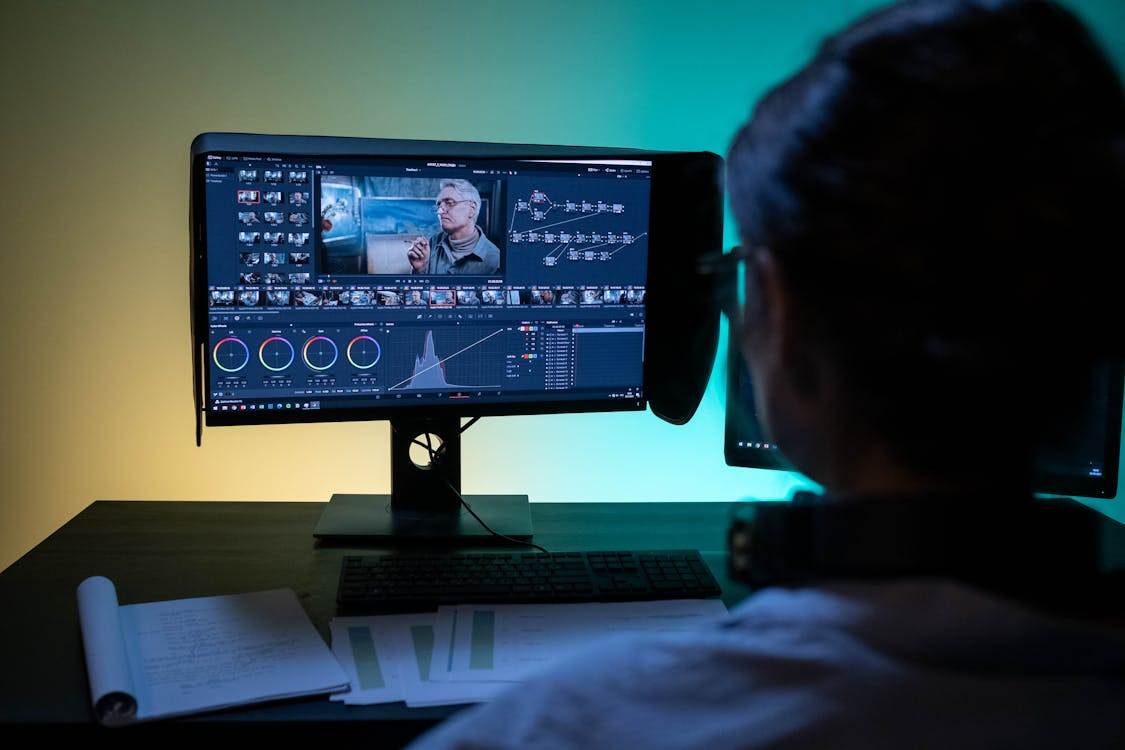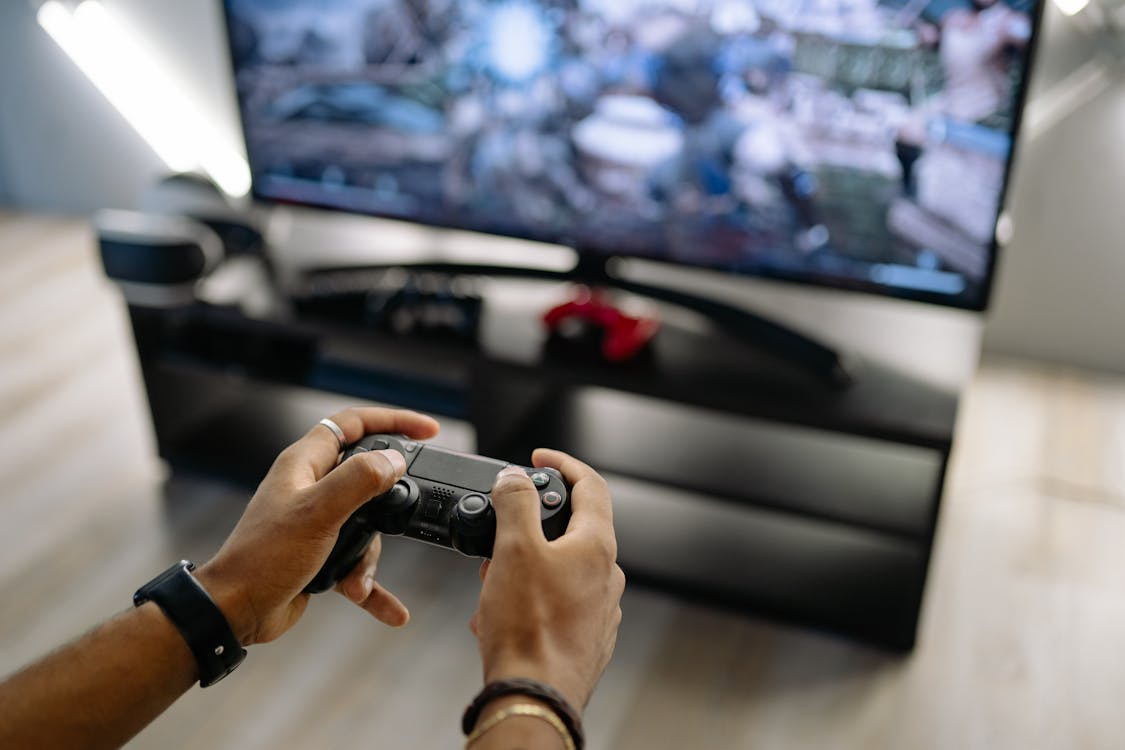In the global race for users, businesses spend billions annually on ads, app store promotions, and social media campaigns—all in pursuit of that critical metric: user acquisition cost (UAC). Yet many overlook a strategic tool hiding in plain sight: high-quality localization. Far more than just translating words, localization tailors messages to resonate with cultural nuances, linguistic rhythms, and regional preferences. When done right, it doesn’t just connect with audiences—it transforms marketing budgets into leaner, more efficient engines, driving down UAC by boosting click-through rates (CTR) and conversion rates (CVR). Here’s how this "art of saving" works.
The Economics of UAC: Why Relevance Matters
User acquisition cost is simple math: total marketing spend divided by the number of new users acquired. To lower it, you either spend less or acquire more users. Localization impacts both sides of the equation by making every dollar work harder.
Digital platforms—from Google Ads to TikTok—reward relevance. Their algorithms prioritize ads that users engage with, lowering the cost per click (CPC) for high-performing content. A ad with a 2% CTR might cost half as much per click as one with a 1% CTR, simply because the platform sees it as more valuable to users. Similarly, once a user clicks, conversion rates determine whether that click becomes a download, sign-up, or purchase. A 5% conversion rate means 20 clicks yield 1 user; double that to 10%, and you need just 10 clicks—halving the effective cost per user.
High-quality localization supercharges both metrics. It turns generic messages into ones that feel "made for me," prompting more clicks and more conversions. In short, relevance = better performance = lower UAC.
Click-Through Rates: The First Barrier to Cost Savings
The first battle in reducing UAC is getting users to click. In a world of endless scrolling, attention spans are measured in milliseconds, and a misplaced phrase or cultural misstep can kill engagement instantly.
Consider language precision. A literal translation might be grammatically correct but linguistically jarring. For example, an American fitness app advertising "Get shredded!" in the UK would confuse users—"shredded" there often refers to paper, not muscle definition. A localized version using "Get ripped!" (a term familiar to British gym-goers) would see far more clicks. Similarly, idioms matter: translating "break a leg" literally into Spanish ("romper una pierna") would alarm users, whereas the culturally equivalent "¡Mucha suerte!" ("Good luck!") keeps the positive intent intact.
Cultural context matters even more. Colors, symbols, and references that work in one market can backfire in another. A food delivery app using red imagery to signal urgency (effective in Western markets) might struggle in South Africa, where red is associated with mourning. Localization adjusts these details—swapping red for orange, a color linked to energy there—to keep the message compelling.
The data bears this out. A 2022 study by CSA Research found that ads localized for language and culture saw CTRs 40% higher than machine-translated or unlocalized ads. For a campaign with a $10 CPC, that jump could lower effective click costs to $6—immediately reducing UAC before a user even lands on your page.
Conversion Rates: Turning Clicks into Users (and Savings)
Once users click, the next hurdle is conversion—and here, localization’s impact deepens. Whether it’s an app store description, a landing page, or a sign-up form, the content must not just be understood but trusted.
App store descriptions are a prime example. A generic blurb listing features ("Track your steps!") fails to resonate globally. Localization reframes those features to match regional priorities: in Japan, where collective health is emphasized, it might highlight "Join community challenges to stay active together." In Brazil, where social connectivity drives engagement, it could focus on "Share progress with friends and family." These tweaks don’t just translate words—they translate value, making users think, "This was made for people like me."
Mistakes here are costly. A banking app launching in Germany once used a machine translation that described its security features as "unbreakable"—a claim illegal under German advertising laws, which prohibit absolute terms. The resulting low conversions forced the brand to triple its ad spend to hit user targets. By contrast, a well-localized fintech app in Sweden, which adjusted its messaging to emphasize "transparency" (a top value for Swedish consumers) and used local financial terminology, saw a 35% higher conversion rate than its unlocalized competitor—cutting UAC by nearly a third.
Trust is also built through linguistic 细节. Users notice when a "Sign Up" button becomes "Registrieren" in Germany but retains a clunky "Anmelden Sie sich" (overly formal) in Austria, where "Anmelden" suffices. These small adjustments signal care, making users more likely to complete actions—and reducing the number of clicks needed to gain a user.
The Long-Term Dividend: Loyalty Lowers Reacquisition Costs
High-quality localization doesn’t just reduce initial UAC—it cuts long-term costs by fostering user loyalty. Users who feel a product "speaks their language" (literally and figuratively) are more likely to stay engaged, reducing churn. And because retaining existing users is far cheaper than acquiring new ones, this loyalty creates a secondary savings stream.
A music streaming service expanding to India provides a case study. By localizing not just its app interface but also its playlist descriptions (using regional slang like "banger" instead of "hit" in youth-focused campaigns) and customer support (offering Hindi and Tamil channels), it boosted 30-day retention by 28%. This meant fewer dollars spent re-acquiring users who’d left—compounding the UAC savings from its initial campaigns.
Conclusion: Localization as an Investment, Not a Cost
In the rush to scale globally, it’s easy to treat localization as an afterthought—a line item to minimize. But the data tells a different story: high-quality localization is an investment that pays for itself by making every marketing dollar more effective. It turns clicks into conversions, strangers into loyal users, and high UAC into sustainable growth.
The "art of saving" here isn’t about cutting corners—it’s about speaking to users in a way that makes them want to engage. In a world where attention is the most valuable currency, localization ensures your message isn’t just heard, but acted upon. And in the end, that’s how you turn global ambition into cost-effective success.











